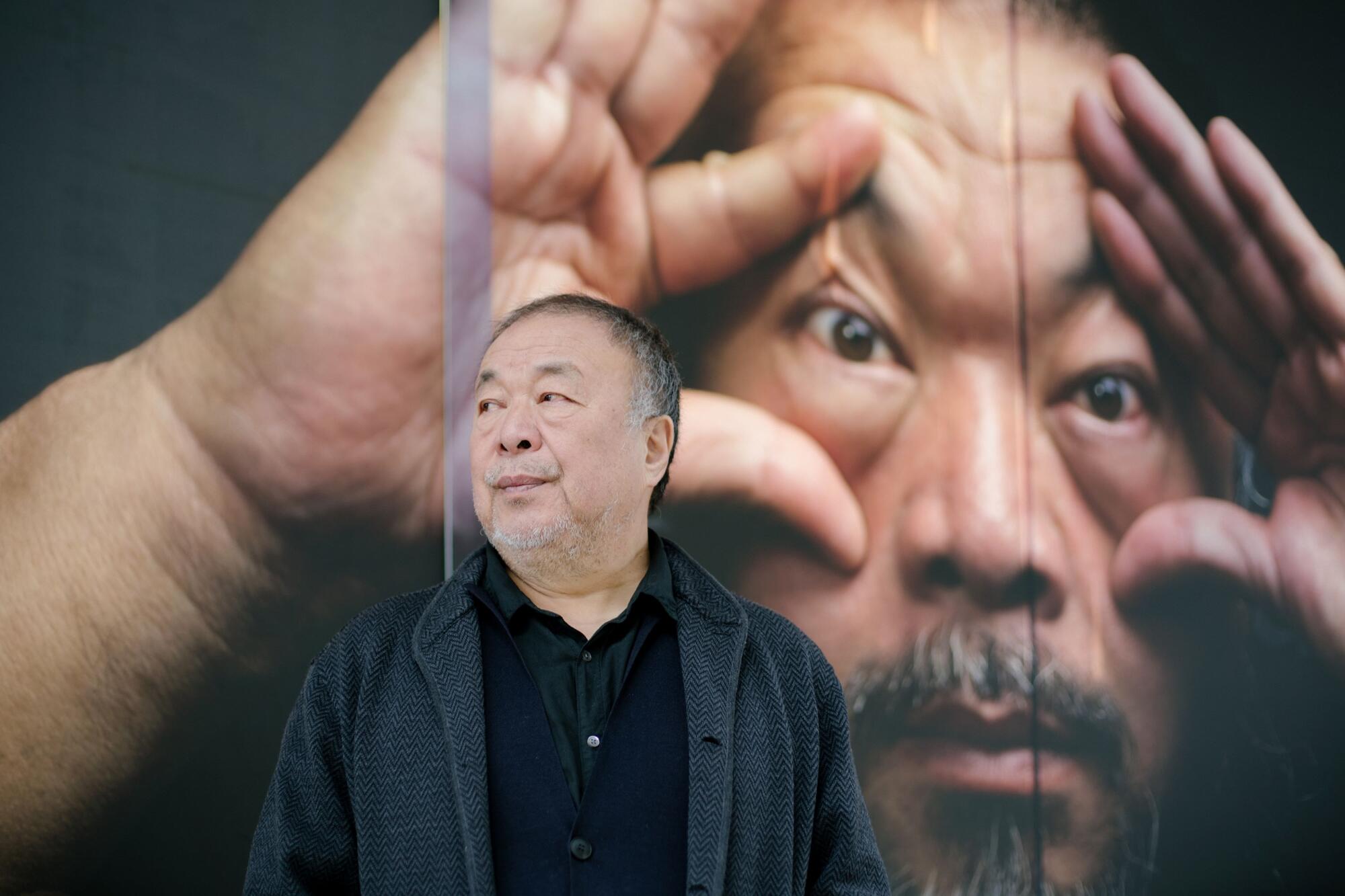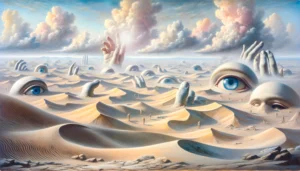Comprehensive Ai Weiwei Retrospective Opens at Seattle Art Museum

Ai Weiwei: An Artist and Activist
Ai Weiwei is widely recognized for his outspoken criticism of the Chinese government, advocating for transparency and better free-speech protections. His activism gained particular prominence following the tragic 2008 Sichuan earthquake, which resulted in around 90,000 deaths, including over 5,300 children, many of whom were students. In response to the government’s efforts to downplay the death toll, Ai turned to social media platforms like Twitter to voice his condemnation and demand accountability.
Artistic Response to Tragedy
Ai’s response to the earthquake illustrates his dedication to memorializing the victims and exposing the truth. In one of his notable installations, "Snake Ceiling" (2008), he created a flowing design made from children’s backpacks, symbolizing the lost lives of numerous students. Another significant piece, "Names of the Student Earthquake Victims Found by the Citizens’ Investigation" (2008-2011), presents an exhaustive list of the deceased children, highlighting the importance of remembrance and truth in the face of government denial.
Government Repression and Personal Experience
The Chinese authorities have repeatedly targeted Ai Weiwei for his activism, leading to multiple detentions and interrogations over the years. In 2011, he was held without charge for 81 days in an undisclosed location. This harrowing experience was later represented in the life-sized installation "81" (2013), which invites visitors to step inside the recreated cell, allowing them to engage with the artist’s struggles.
After years of restrictions, Ai was granted permission to leave China in 2015. Since then, he has split his time between Berlin and Portugal, continuing to create politically charged artwork. His work has evolved to address broader humanitarian issues, including the ongoing European refugee crisis.
Addressing the Refugee Crisis
One of Ai’s poignant pieces addressing this humanitarian issue is "After the Death of Marat" (2019). This vibrant artwork, constructed entirely of LEGO bricks, references a powerful photograph of Alan Kurdi, a two-year-old Syrian boy who tragically drowned while attempting to escape to Europe. In this work, Ai places himself in a similar pose to Kurdi, an act that ignited considerable public debate and controversy.
Exhibitions Showcasing Ai Weiwei’s Work
The relevance of Ai Weiwei’s art resonates strongly in today’s climate of increasing political repression. His works provide insight and clarity amidst the chaos of misinformation and digital manipulation that citizens encounter daily. Ai’s current exhibition, "Ai, Rebel," underscores the challenges faced in the United States and invites audiences to reflect on the growing concerns regarding personal freedoms.
For those looking to explore more of Ai Weiwei’s impactful creations, "Ai, Rebel" is only the beginning. The Seattle Art Museum (SAM) will host additional exhibitions showcasing his work throughout the coming months. Notable upcoming displays include "Ai Weiwei: Water Lilies," set to open on March 19 at the Seattle Asian Art Museum, and "Ai Weiwei: Circle of Animals/Zodiac Heads (Bronze)," which will debut on May 17 at the Olympic Sculpture Park.
These exhibitions not only celebrate Ai’s artistic vision but also confront pressing social issues, fostering dialogue and awareness among audiences. Through his art and activism, Ai Weiwei remains a vital voice for truth and justice in an increasingly complex world.






